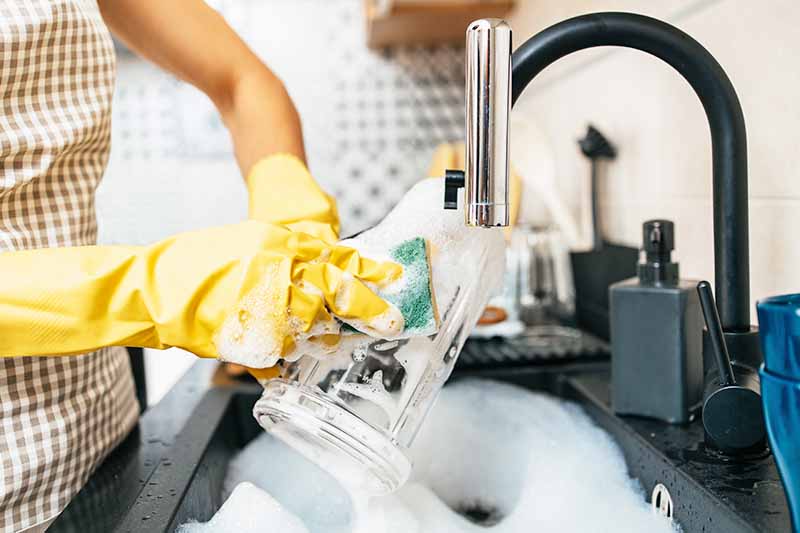

Articles
How To Remove Smells From Plastic Containers
Modified: October 29, 2024
Looking to remove unpleasant odors from your plastic containers? Discover effective home maintenance tips for eliminating smells and keeping your containers fresh and odor-free.
(Many of the links in this article redirect to a specific reviewed product. Your purchase of these products through affiliate links helps to generate commission for Storables.com, at no extra cost. Learn more)
Introduction
Plastic containers are a convenient and practical way to store food, beverages, and other items. However, over time, these containers can develop unpleasant smells, making it less than desirable to use them. Whether it’s from leftover food, strong spices, or simply the nature of plastic, odors can be stubborn and difficult to remove.
In this article, we will explore the reasons why plastic containers develop odors and provide you with effective methods to eliminate them. We will also share preventive measures to keep your plastic containers smelling fresh and clean.
Understanding the causes of plastic container odors is crucial in finding the right solution. These odors can result from various factors, including the material of the container, the contents it held, and how it was stored.
Before we dive into the methods to remove odors, let’s take a closer look at the most common types of odors that can plague plastic containers.
Key Takeaways:
- Say goodbye to plastic container odors by using natural deodorizers like baking soda, vinegar, lemon, and coffee grounds. Follow preventive measures to keep containers fresh and odor-free.
- Combat stubborn plastic container odors with methods like baking soda soak, denture tablets, and sunlight exposure. Proper storage and regular maintenance are key to preventing future odors.
Read more: How To Remove Smells From Carpet
Why do plastic containers develop odors?
Plastic containers are prone to developing odors due to a combination of factors. Understanding these reasons can help you take the necessary steps to prevent and eliminate odors effectively.
One of the primary reasons for odor retention in plastic containers is their porous nature. Even though plastic may seem smooth and impermeable, it can absorb odors from the food or beverages it holds. This absorption can happen over time, especially if the container is not properly cleaned after each use.
Another factor that contributes to odor development is the accumulation of residue. Food particles, spices, sauces, or liquids left behind in the container can create a breeding ground for bacteria, which can lead to foul smells. Additionally, oils and fats from certain foods can leave a lingering odor that is resistant to regular cleaning methods.
Using plastic containers in the microwave can also cause odors to develop. The heat from the microwave can cause the plastic to melt slightly, releasing chemicals into the container and affecting the smell of the stored food.
Additionally, improper storage can contribute to odor retention. If plastic containers are stacked while still moist or if they are stored in areas with high humidity, mold and mildew can start to grow, resulting in musty and unpleasant odors.
Lastly, the quality of the plastic used in the containers can also impact odor retention. Cheaper plastics may have a stronger smell of their own, which can permeate the food or beverage stored inside.
Understanding these underlying reasons will help you address the root cause of the odors and take appropriate steps to prevent them in the future.
Common types of odors in plastic containers
Plastic containers can develop a variety of odors depending on the type of material stored in them and other factors. Here are some of the most common types of odors you may encounter:
- Food Odors: Leftover food, especially strong-smelling or pungent foods like onions, garlic, or spices, can leave odors in plastic containers. These odors can be challenging to remove and may linger even after washing.
- Mold and Mildew Odors: If plastic containers are not properly dried before storing, or if they are exposed to moisture, mold and mildew can develop. These fungi emit a musty smell that can be unpleasant and difficult to eliminate.
- Chemical Odors: Some plastics may release chemicals that impart a distinct odor to the containers. This can occur when using low-quality or non-food-grade plastics. These chemical odors can often be strong and require specific methods to remove.
- Stale or Musty Odors: When plastic containers are stored in humid environments or not adequately cleaned, they can develop a stale or musty smell over time. This can be a result of bacterial growth or trapped food particles.
- Plastic Odors: Certain plastics, especially those used in cheaper containers, can have a noticeable smell of their own. This odor can transfer to the food or beverage stored inside and may require extra attention to eliminate.
Identifying the type of odor in your plastic container will help you choose the most effective method to address it. Each type of odor may require different techniques and products to ensure complete odor removal.
Next, we will explore preventive measures to help you keep your plastic containers smelling fresh and odor-free.
Tips for preventing odors in plastic containers
Prevention is key when it comes to avoiding odors in plastic containers. By following these simple tips, you can maintain the freshness of your containers and minimize the likelihood of unpleasant odors:
- Clean containers promptly: After each use, wash your plastic containers with warm soapy water or run them through the dishwasher. Cleaning the containers promptly helps prevent the buildup of residue and eliminates the potential for odors to develop.
- Avoid storing hot or oily foods: Hot foods can cause the plastic to absorb their scents more easily. Allow hot foods to cool before placing them in plastic containers. Additionally, oily or greasy foods can leave a residue that can trap odors. Consider using glass containers for these types of foods.
- Use airtight containers: Investing in high-quality, airtight plastic containers can help seal in odors and prevent them from spreading to other foods. Look for options with secure lids that create a strong seal.
- Avoid using plastic containers for long-term storage: Plastic containers are great for short-term food storage, but if you plan to store items for an extended period, consider using glass or stainless steel containers. These materials are less prone to odor absorption and provide airtight storage.
- Avoid microwave use: While microwaving food in plastic containers is convenient, it can contribute to odor development. Opt for microwave-safe glass or ceramic containers instead.
- Properly dry containers: Ensure that plastic containers are thoroughly dry before storing them. Moisture can lead to mold and mildew growth, resulting in unpleasant odors. Allow the containers to air dry or use a clean cloth to dry them completely.
- Avoid storing containers with strong-smelling foods: If possible, separate containers with strong-smelling foods from other items to prevent cross-contamination of odors. Consider using separate storage areas or compartments to keep odors contained.
- Rotate and use containers regularly: Use your plastic containers frequently and rotate them to prevent odors from settling and becoming stagnant. Regularly using and cleaning your containers will help keep them fresh and odor-free.
By implementing these preventive measures, you can significantly reduce the likelihood of odors in your plastic containers and enjoy fresh-smelling storage solutions.
Next, we will provide you with a step-by-step guide on how to remove smells from plastic containers using various methods.
Step-by-step guide to removing smells from plastic containers
If you’ve noticed unpleasant odors in your plastic containers, there are several effective methods you can use to eliminate them. Follow this step-by-step guide to tackle those unwanted smells:
- Gather your supplies: Before you begin, gather the necessary supplies for the odor removal process. This may include baking soda, vinegar, lemons, salt, activated charcoal, or coffee grounds. You will also need warm water, a sponge or scrub brush, and a clean towel.
- Empty and wash the container: Start by emptying the plastic container of any remaining food or liquids. Rinse it with warm water to remove any loose debris. Wash the container using mild dish soap, scrubbing thoroughly to remove any visible residue or stains. Rinse it again with warm water.
- Method 1: Baking soda and water mixture: Create a paste by mixing equal parts baking soda and warm water. Apply the paste to the inside of the container, focusing on areas where the odor is most prominent. Let it sit for about 30 minutes to absorb the odor. Rinse the container thoroughly with warm water and dry it completely.
- Method 2: Vinegar solution: Fill the container with a mixture of equal parts white vinegar and warm water. Let it sit for an hour, allowing the vinegar to neutralize the odors. Empty the container, rinse it with warm water, and dry it thoroughly. If any lingering vinegar scent remains, rinse the container with a solution of water and a few drops of lemon juice.
- Method 3: Lemon and salt scrub: Slice a lemon in half and sprinkle salt on one of the cut sides. Use the lemon as a scrubber and rub it on the inside of the container, focusing on areas with strong odors. The combination of lemon and salt will help eliminate the smell. Rinse the container with warm water and dry it completely.
- Method 4: Activated charcoal: Place a few pieces of activated charcoal in the container. Seal the container with its lid or wrap it tightly with plastic wrap. Let it sit for at least 24 hours, allowing the charcoal to absorb the odors. Remove the charcoal pieces and rinse the container with warm water, ensuring it is thoroughly dried.
- Method 5: Coffee grounds: Fill the plastic container with coffee grounds and let it sit overnight. The coffee grounds will help absorb the odor. In the morning, discard the coffee grounds, rinse the container with warm water, and dry it completely.
It may be necessary to try multiple methods to completely remove stubborn odors. Experiment with the techniques above and choose the one that works best for your specific situation.
For particularly persistent odors, you can repeat these steps or use a combination of methods to achieve the desired results.
Now that you know how to remove smells from plastic containers, we’ll share some additional tips to help you tackle stubborn odors.
Read more: How To Remove Stains From Plastic Containers
Method 1: Baking soda and water mixture
One effective method to remove smells from plastic containers is by using a mixture of baking soda and water. Baking soda, also known as sodium bicarbonate, is a natural deodorizer that can help absorb odors and eliminate them.
Follow these steps to use a baking soda and water mixture to remove smells from plastic containers:
- Create a paste: In a bowl, mix equal parts baking soda and warm water to create a thick paste. Start with a small amount and gradually add more water or baking soda as needed to achieve the desired consistency.
- Apply the paste: Use a sponge or cloth to apply the baking soda paste to the inside of the container. Focus on areas where the odor is most concentrated, such as the lid or corners of the container.
- Let it sit: Allow the baking soda paste to sit on the container’s surface for about 30 minutes. During this time, the baking soda will absorb the odors, neutralizing them.
- Rinse and dry: After the 30-minute waiting period, rinse the container thoroughly with warm water. Make sure to remove all traces of the baking soda paste. Dry the container completely with a clean towel or by air-drying.
Using this method, the baking soda will help eliminate the odors by absorbing and neutralizing them. It is important to rinse the container thoroughly to remove any residue and ensure that no taste or scent of baking soda remains.
If the smell persists, you can repeat the process or try alternative methods to ensure complete odor removal.
Now that you are familiar with the baking soda and water mixture method, let’s move on to the next method: using a vinegar solution.
To remove smells from plastic containers, try soaking them in a solution of equal parts water and white vinegar for a few hours. Then, wash with dish soap and water.
Method 2: Vinegar solution
Vinegar is a versatile household ingredient that can effectively remove odors from plastic containers. Its acidic nature helps neutralize smells and kill bacteria, making it an excellent option for odor removal.
Here is a step-by-step guide on using a vinegar solution to remove smells from plastic containers:
- Create a vinegar solution: Mix equal parts white vinegar and warm water in a bowl or container. You can adjust the measurements depending on the size of the container you need to deodorize.
- Fill the container: Pour the vinegar solution into the plastic container, ensuring that it covers all the areas that need deodorizing. If the container has a particularly strong odor, you can also soak the lid separately in the vinegar solution.
- Let it sit: Allow the plastic container to sit with the vinegar solution for about an hour. During this time, the vinegar will work to neutralize and eliminate the odors from the plastic.
- Empty and rinse: After the hour is up, empty the container and rinse it thoroughly with warm water to remove any vinegar residue. If you notice a lingering vinegar scent, you can rinse the container with a solution of water and a few drops of lemon juice to counteract the odor.
- Dry completely: Ensure that the container is completely dry before using it again or storing food in it. Use a clean towel to dry the container or allow it to air dry naturally.
The acidity of vinegar helps to break down and eliminate odors, leaving your plastic containers smelling fresh. It is important to rinse the container thoroughly to remove any vinegar residue and ensure that no lingering vinegar scent or taste remains.
If needed, you can repeat the process or try other methods to completely remove stubborn odors from your plastic containers.
Now that you know how to use a vinegar solution to remove smells, let’s move on to the next method: using a lemon and salt scrub.
Method 3: Lemon and salt scrub
A lemon and salt scrub is a natural and effective way to remove odors from plastic containers. The acidity in lemons helps neutralize smells, while salt acts as an abrasive to remove any residue or stains that may be causing the odor.
Follow these steps to use a lemon and salt scrub to eliminate odors from plastic containers:
- Prepare a lemon and salt mixture: Cut a fresh lemon in half, and sprinkle a generous amount of salt on one of the cut sides. The salt will help enhance the scrubbing action of the lemon while adding its own deodorizing effect.
- Scrub the container: Take the lemon half with salt and use it to scrub the inside of the plastic container. Focus on areas where the odor is strongest, such as the lid or corners of the container. Apply firm pressure while scrubbing to ensure thorough cleaning.
- Rinse with warm water: Once you have scrubbed the container thoroughly, rinse it with warm water to remove any lemon juice, salt, and residual odor. Make sure to rinse all areas of the container, both inside and outside.
- Dry completely: After rinsing, dry the plastic container completely. You can use a clean towel or let it air dry naturally. It’s crucial to ensure that the container is completely dry before using or storing food in it, as moisture can contribute to the development of new odors.
The combination of lemon and salt works together to eliminate odors and remove any residue that may be causing the smell. The natural acidity of the lemon helps neutralize odors, leaving behind a fresh scent. The abrasive action of the salt aids in removing any stubborn stains or particles that may contribute to the odor.
If the smell persists, you can repeat the process or try alternative methods to ensure complete odor removal from your plastic containers.
Now that you are familiar with the lemon and salt scrub method, let’s move on to the next method: using activated charcoal.
Method 4: Activated charcoal
Activated charcoal is a highly effective and natural way to eliminate odors from plastic containers. It works by adsorbing odor-causing molecules and trapping them within its porous structure. Using activated charcoal can help remove stubborn and persistent smells from your plastic containers.
Follow these steps to use activated charcoal to remove odors from plastic containers:
- Obtain activated charcoal: Purchase activated charcoal available in the form of small chunks or pellets. It is commonly available in stores specializing in home goods or online.
- Place the charcoal inside the container: Take a few pieces of activated charcoal and place them directly inside the plastic container. The number of charcoal pieces will depend on the size of the container and the intensity of the odor. Ensure that the pieces are distributed evenly throughout the container.
- Seal the container: Close the container with its lid or cover it tightly with plastic wrap. This will create a sealed environment within the container, allowing the activated charcoal to effectively absorb the odors. Make sure the lid or wrap is secure to prevent any charcoal pieces from spilling out.
- Let it sit for 24 hours: Leave the container undisturbed for at least 24 hours to allow the activated charcoal to adsorb the odors effectively. During this time, the charcoal will absorb the unwanted smells, leaving the container fresh and odor-free.
- Remove and rinse: After the 24-hour period, carefully remove the charcoal pieces from the container. Rinse the plastic container thoroughly with warm water to remove any charcoal residue. Be sure to rinse all areas of the container, including the lid.
- Dry completely: Once the container is rinsed, dry it completely before using or storing food in it. Ensure that no moisture remains, as this can contribute to the development of new odors.
Activated charcoal is a safe, non-toxic, and natural solution for odor removal. It is a highly effective method, particularly for stubborn smells that may be difficult to eliminate with other techniques.
If the odor persists, repeat the process or try combining activated charcoal with other methods to achieve complete odor removal from your plastic containers.
Now that you know how to use activated charcoal, let’s move on to the next method: using coffee grounds to remove odors.
Read more: How To Remove Gasoline Smell From A Carpet
Method 5: Coffee grounds
Coffee grounds are not just great for brewing a cup of joe; they can also be used to remove odors from plastic containers. The natural properties of coffee grounds help to adsorb and neutralize unwanted smells, leaving your containers fresh and odor-free.
Follow these steps to use coffee grounds to remove odors from plastic containers:
- Gather fresh coffee grounds: Start by collecting fresh coffee grounds. You can use used coffee grounds as long as they are dry and have not been in contact with any other substances.
- Fill the container with coffee grounds: Fill the plastic container with coffee grounds, ensuring that they cover all the surfaces inside the container. The amount of coffee grounds you use will depend on the size of the container and the intensity of the odor.
- Let it sit overnight: Once the container is filled with coffee grounds, close it with the lid or cover it securely with plastic wrap. Allow the coffee grounds to sit inside the container overnight, allowing them to absorb the unwanted odors.
- Remove the coffee grounds: In the morning, discard the used coffee grounds from the container. You can dispose of them in the compost or use them for gardening purposes, as they can be beneficial to plants.
- Rinse and dry the container: Rinse the plastic container thoroughly with warm water to remove any residual coffee grounds. Make sure to rinse all areas of the container, including the lid. After rinsing, dry the container completely before using or storing food in it.
The natural deodorizing properties of coffee grounds help to absorb and neutralize odors present in your plastic containers. The result is a fresh-smelling container ready for use.
If the odor persists, you can repeat the process or try combining coffee grounds with other methods to achieve complete odor removal.
Now that you know how to use coffee grounds, you are well-equipped to remove odors from your plastic containers using this simple and natural method.
Next, we will provide you with some additional tips to help you remove stubborn odors from your plastic containers.
Additional tips for removing stubborn odors
If you’re dealing with stubborn odors in your plastic containers that are not easily eliminated with the methods mentioned above, here are some additional tips to help you tackle those persistent smells:
- Baking soda soak: For particularly stubborn odors, you can create a baking soda soak. Fill the plastic container with warm water and add a few tablespoons of baking soda. Allow the container to soak for a few hours or overnight to help neutralize the odors.
- Denture tablets: Denture tablets, which are designed to clean dentures and remove stains and odors, can also be used to eliminate smells from plastic containers. Simply fill the container with warm water, add a denture tablet, and let it dissolve overnight. Rinse the container thoroughly in the morning.
- Storing with newspaper or coffee filters: Before storing your plastic containers, place crumpled newspaper or coffee filters inside. These absorbent materials can help absorb and neutralize odors over time.
- Sunlight exposure: Leave your plastic containers out in direct sunlight for a few hours. Sunlight can help naturally eliminate odors by killing bacteria and freshening the containers. Ensure that the containers are placed in a safe location where they won’t be exposed to extreme temperatures or damage.
- Freezing method: For persistent odors, you can try placing the plastic container in the freezer overnight. Freezing can help neutralize and minimize certain odors. After freezing, thaw the container and wash it thoroughly with warm soapy water before use.
- Use odor-absorbing products: There are various commercial odor-absorbing products available that are specifically designed to eliminate smells from plastic containers. Follow the instructions on the product label for best results.
- Proper storage: Ensure that your plastic containers are stored in a clean, dry, and well-ventilated area. Avoid stacking containers when they are still moist or storing them in areas with high humidity, as this can contribute to the development of odors.
By incorporating these additional tips into your odor-removal routine, you can increase your chances of successfully eliminating stubborn smells from your plastic containers.
Remember to always thoroughly clean and dry your containers before using them to store food or beverages. Regular maintenance and good storage practices can help prevent future odors from developing.
With these tips and methods, you can enjoy fresh and odor-free plastic containers ready to store your favorite items!
Now, let’s conclude our guide on removing smells from plastic containers.
Conclusion
Removing odors from plastic containers is a common challenge faced by many individuals. Fortunately, there are several effective methods and tips available to help you combat those unpleasant smells.
Understanding the reasons behind odor development in plastic containers, such as the porous nature of plastic, the accumulation of residue, microwaving, improper storage, and the quality of the plastic itself, is crucial in finding the right solutions.
Prevention plays a vital role in minimizing odors in plastic containers. By following preventive measures like prompt cleaning, avoiding storing hot or oily foods, using airtight containers, and proper drying, you can reduce the likelihood of odors forming in the first place.
When it comes to removing stubborn odors, methods like using a baking soda and water mixture, a vinegar solution, a lemon and salt scrub, activated charcoal, or coffee grounds can effectively eliminate smells from plastic containers. Each method has its own unique properties that contribute to odor removal.
Additionally, there are extra tips you can employ for more challenging odors, such as a baking soda soak, denture tablets, storing with absorbent materials, sunlight exposure, the freezing method, and using commercial odor-absorbing products.
Remember to thoroughly clean and dry your plastic containers before storing food or beverages to maintain their freshness and prevent future odors from developing.
By implementing these strategies and incorporating regular maintenance, you can enjoy plastic containers that are free from unpleasant odors, ensuring a more pleasant and enjoyable storage experience.
Now, armed with these techniques and tips, you are ready to tackle the challenge of removing smells from your plastic containers with confidence. Say goodbye to unpleasant odors and hello to fresh-smelling containers!
Craving more fresh-smelling solutions? Dive into our guide on odor removal, packed with savvy ways to keep your fridge smelling like new. Or, if you're up for a deep clean, don’t miss our cleaning tips for a spotless fridge inside out. For savvy storage solutions, check out our recommendations on plastic containers, perfect for organizing your space in 2024. Keep your home and belongings fresh with these practical tips!
Frequently Asked Questions about How To Remove Smells From Plastic Containers
Was this page helpful?
At Storables.com, we guarantee accurate and reliable information. Our content, validated by Expert Board Contributors, is crafted following stringent Editorial Policies. We're committed to providing you with well-researched, expert-backed insights for all your informational needs.

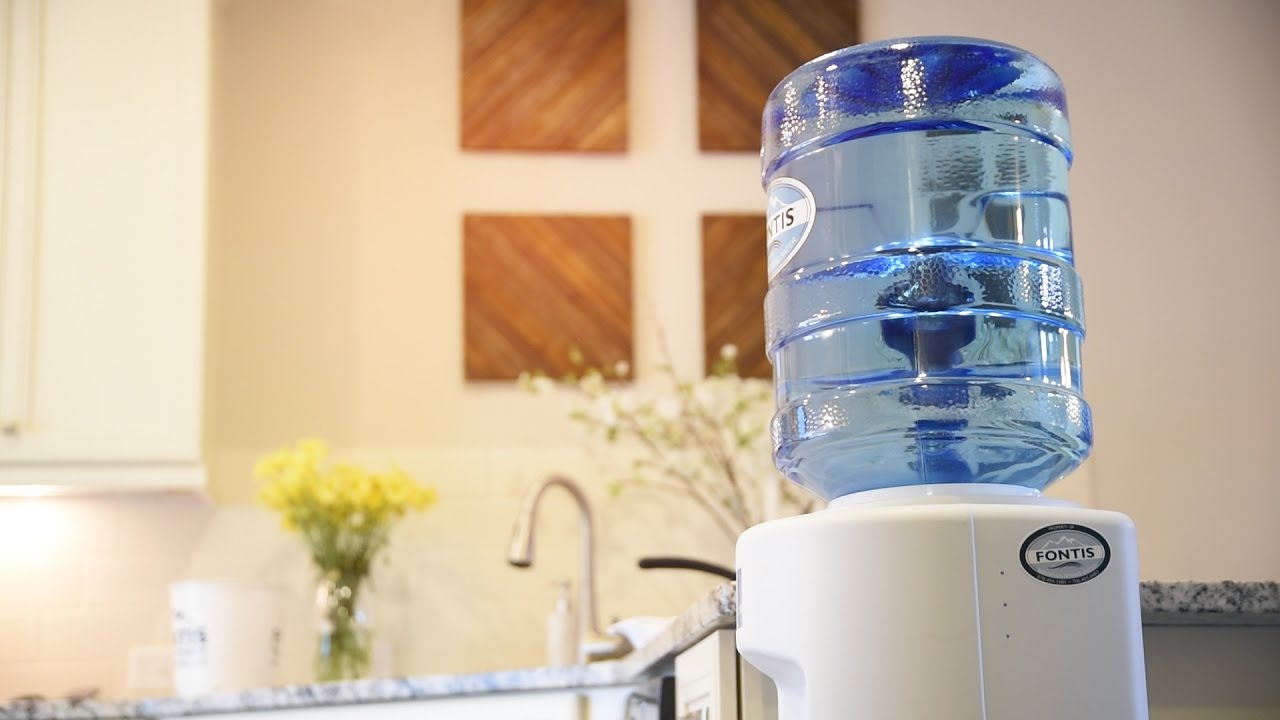


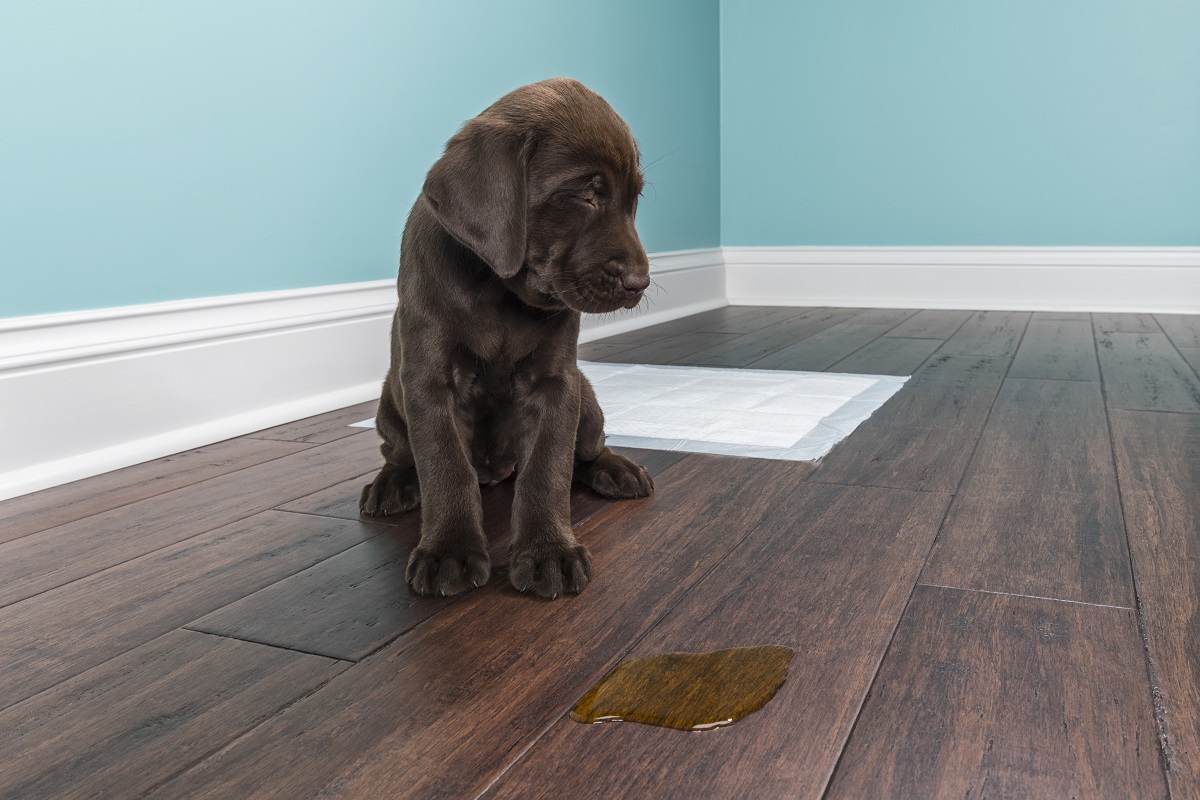

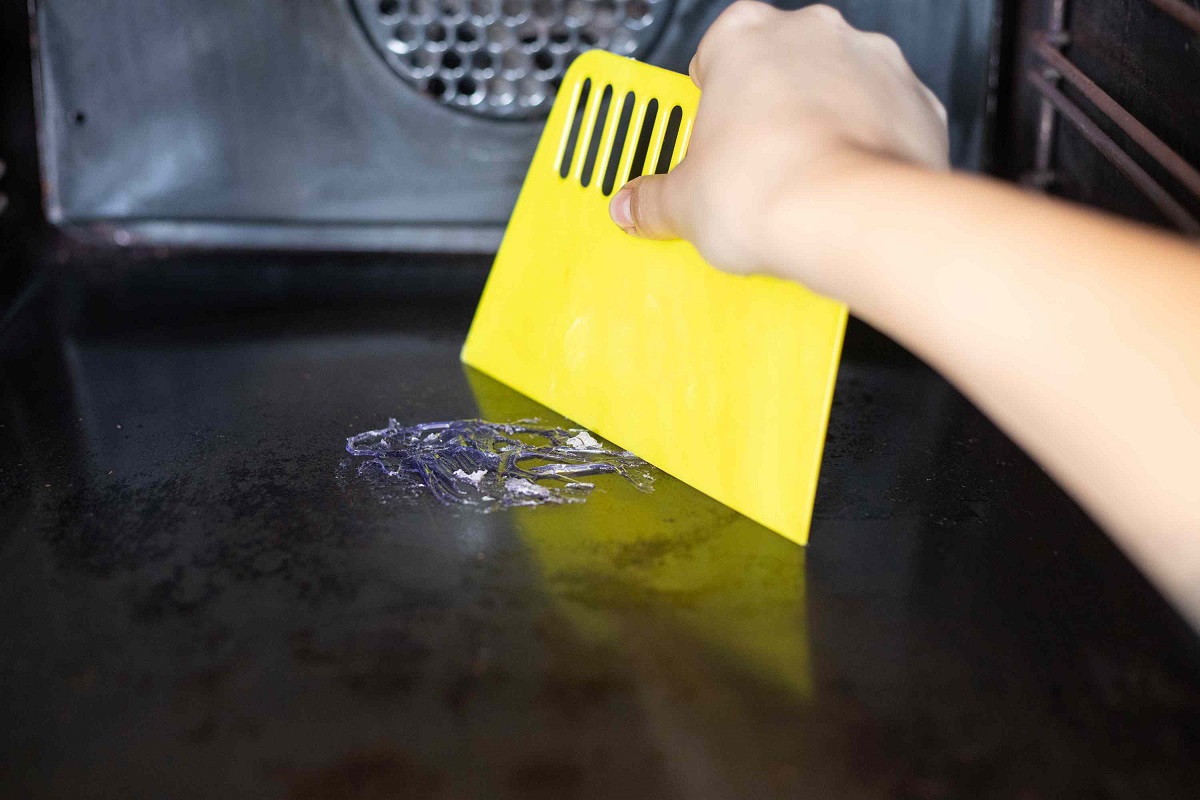
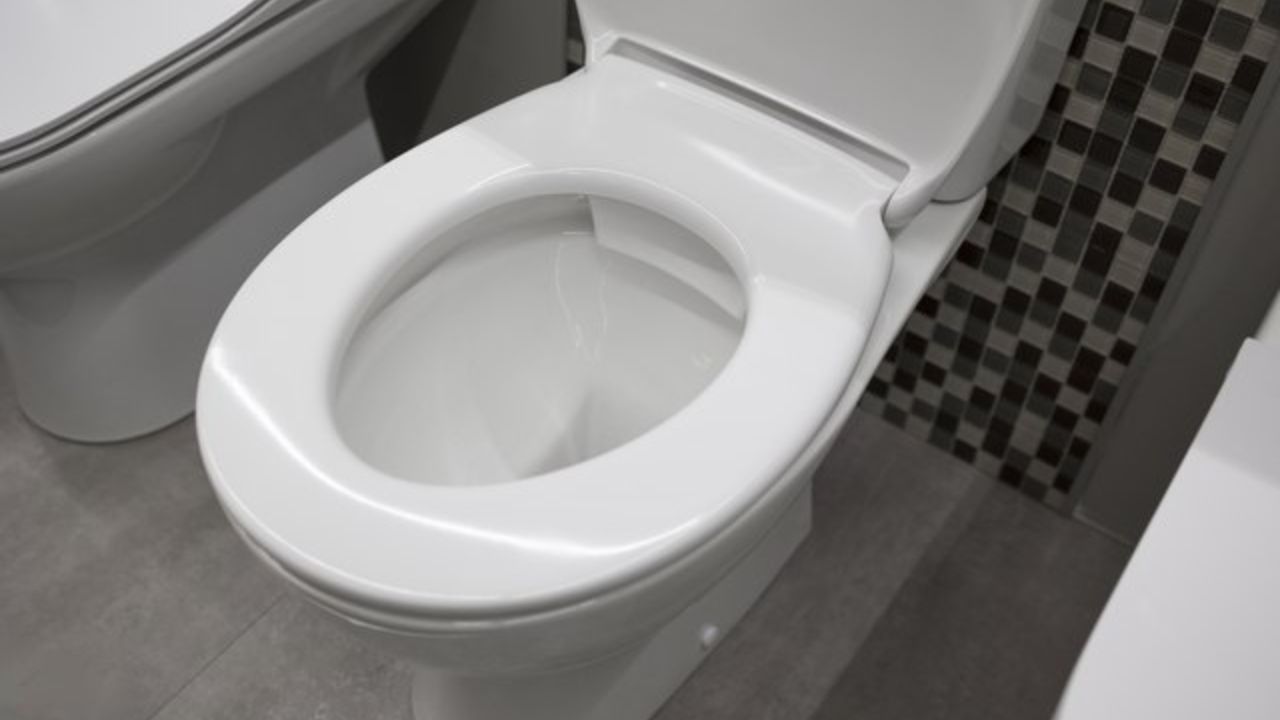
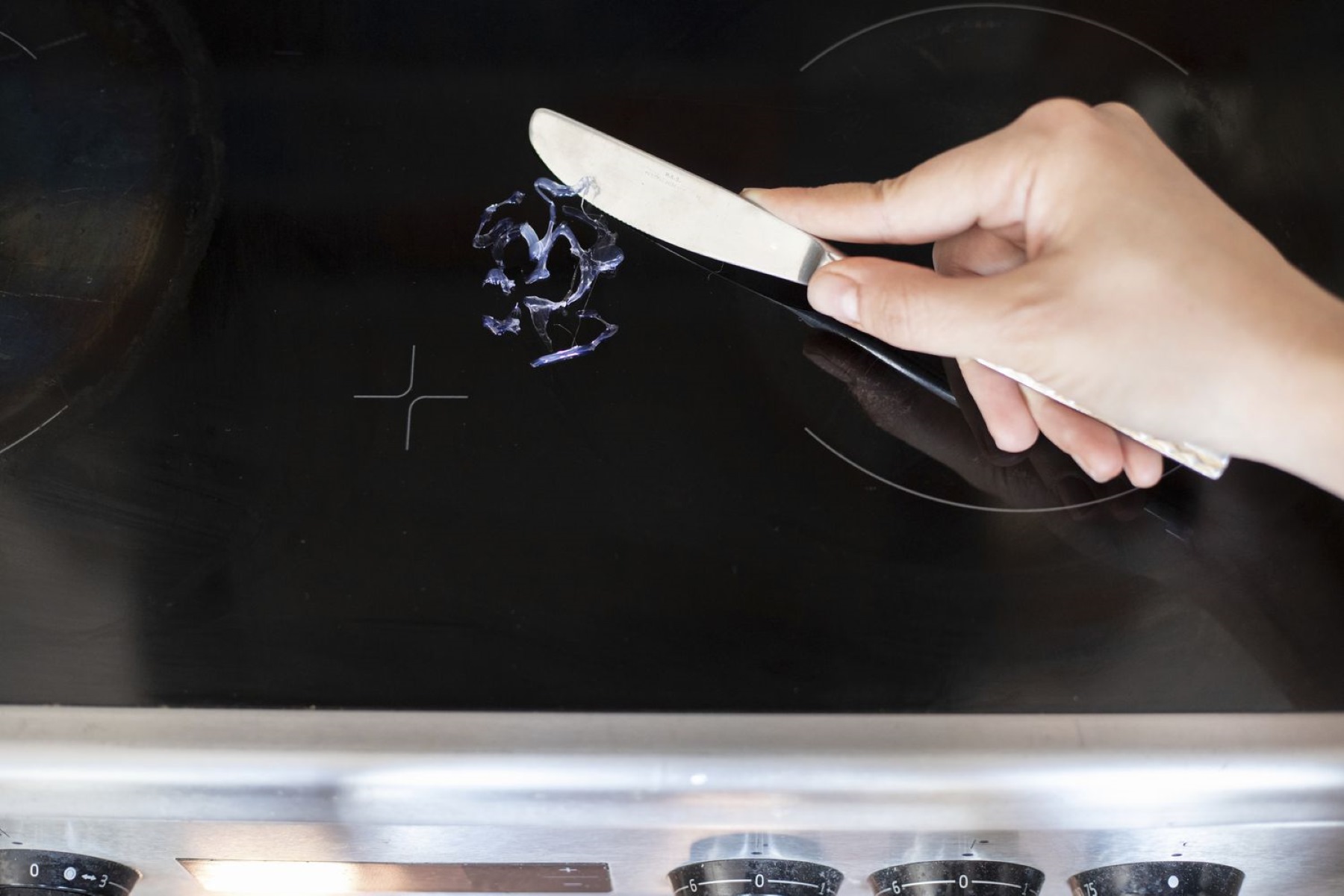
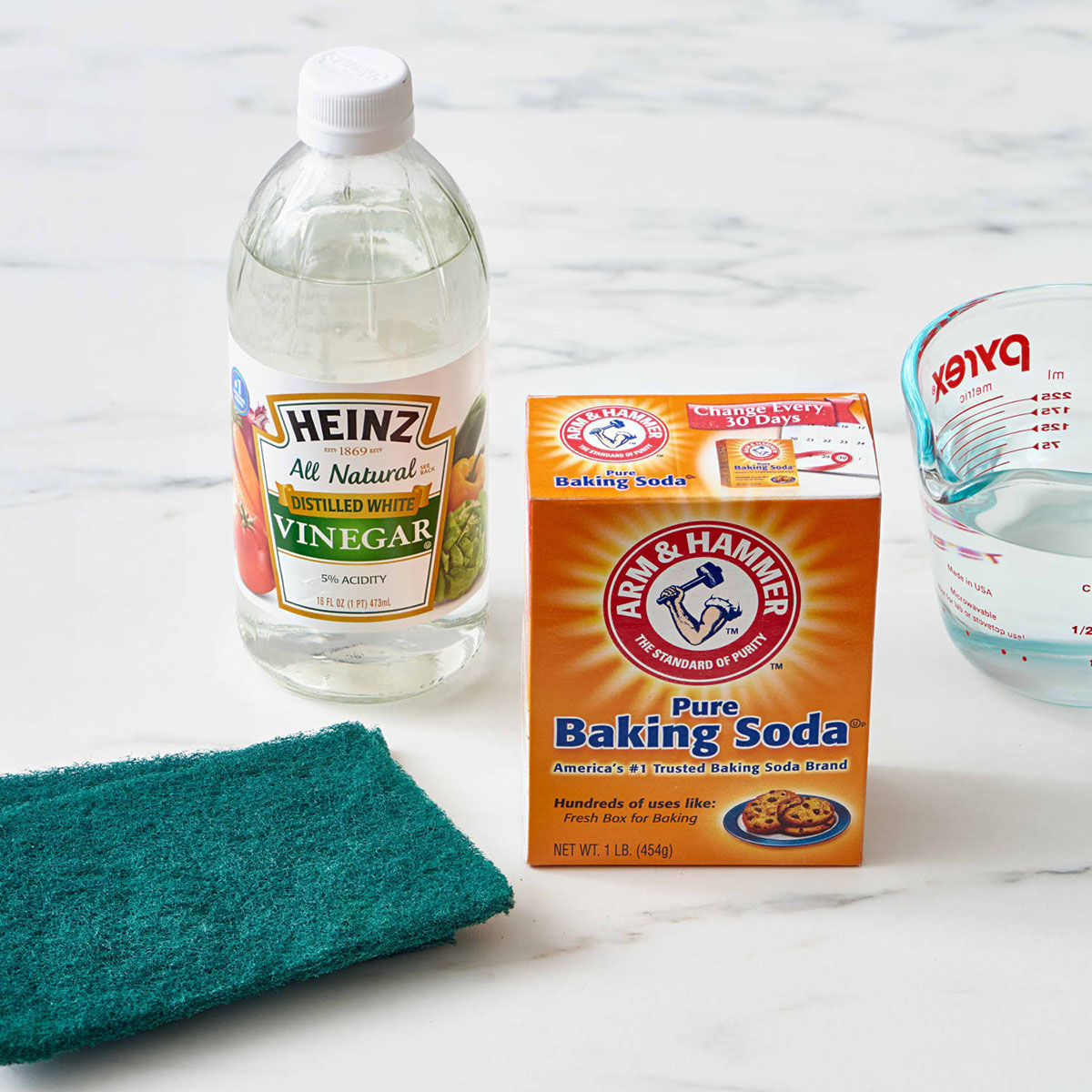
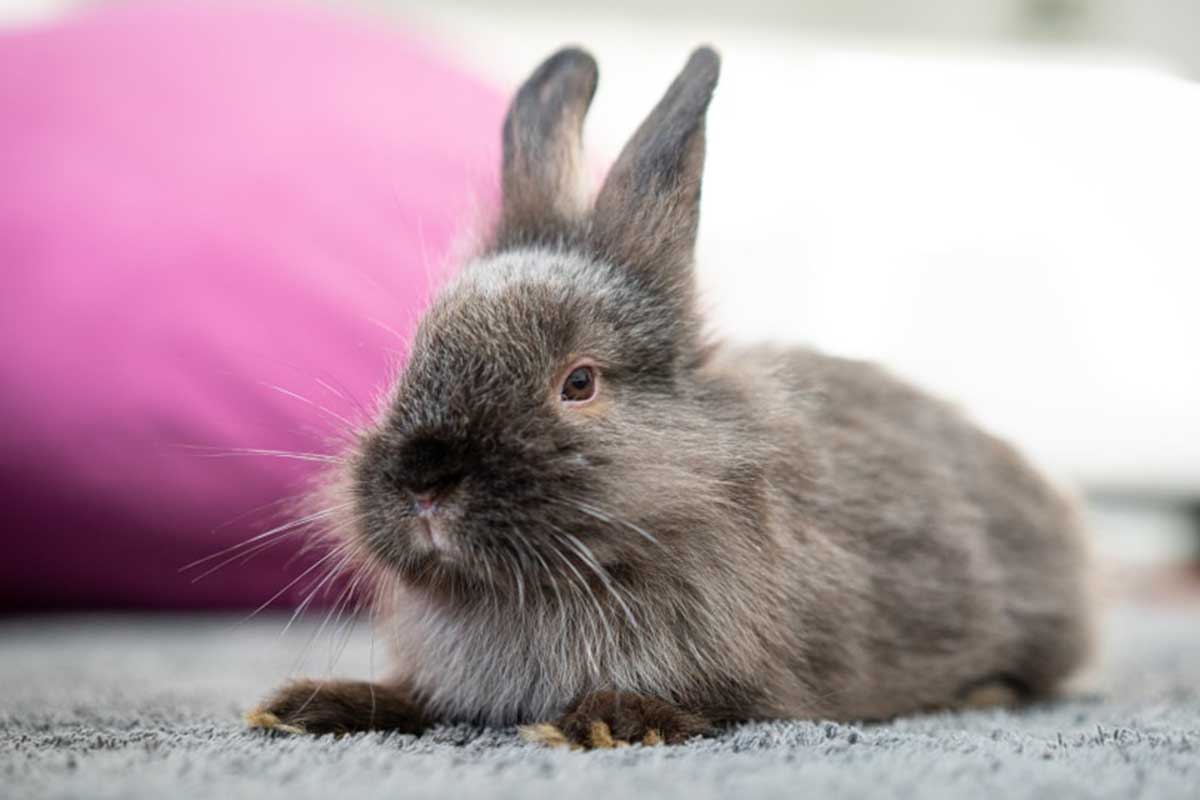
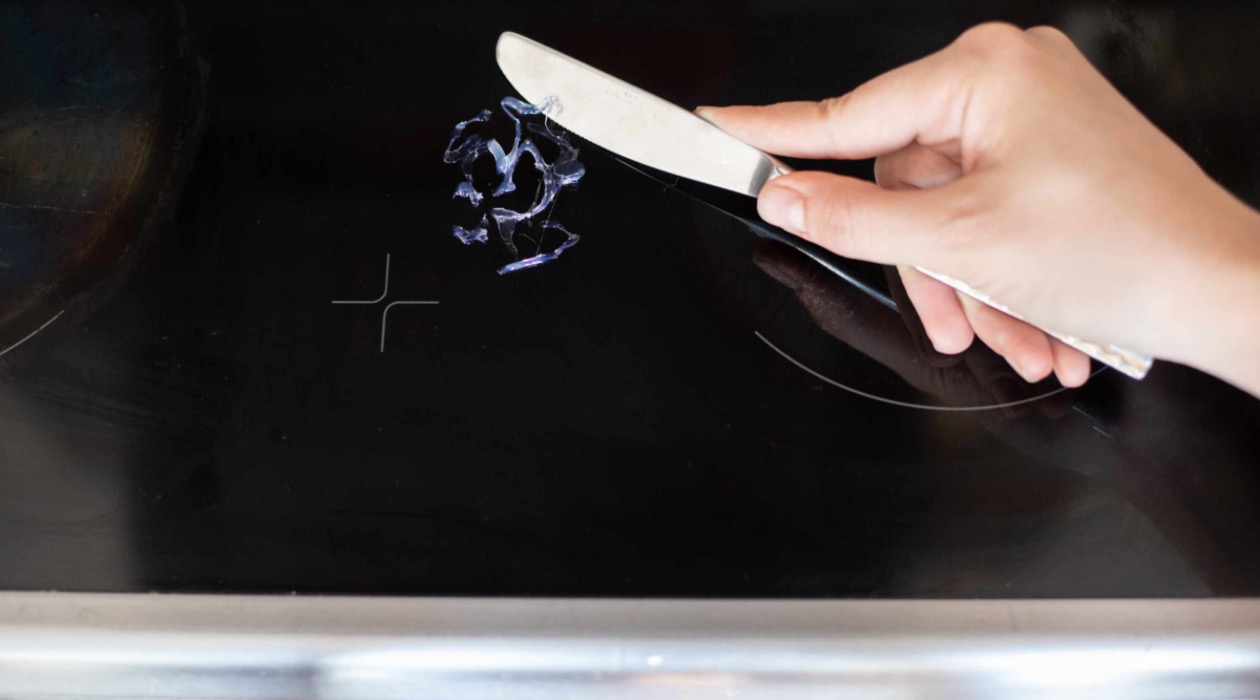
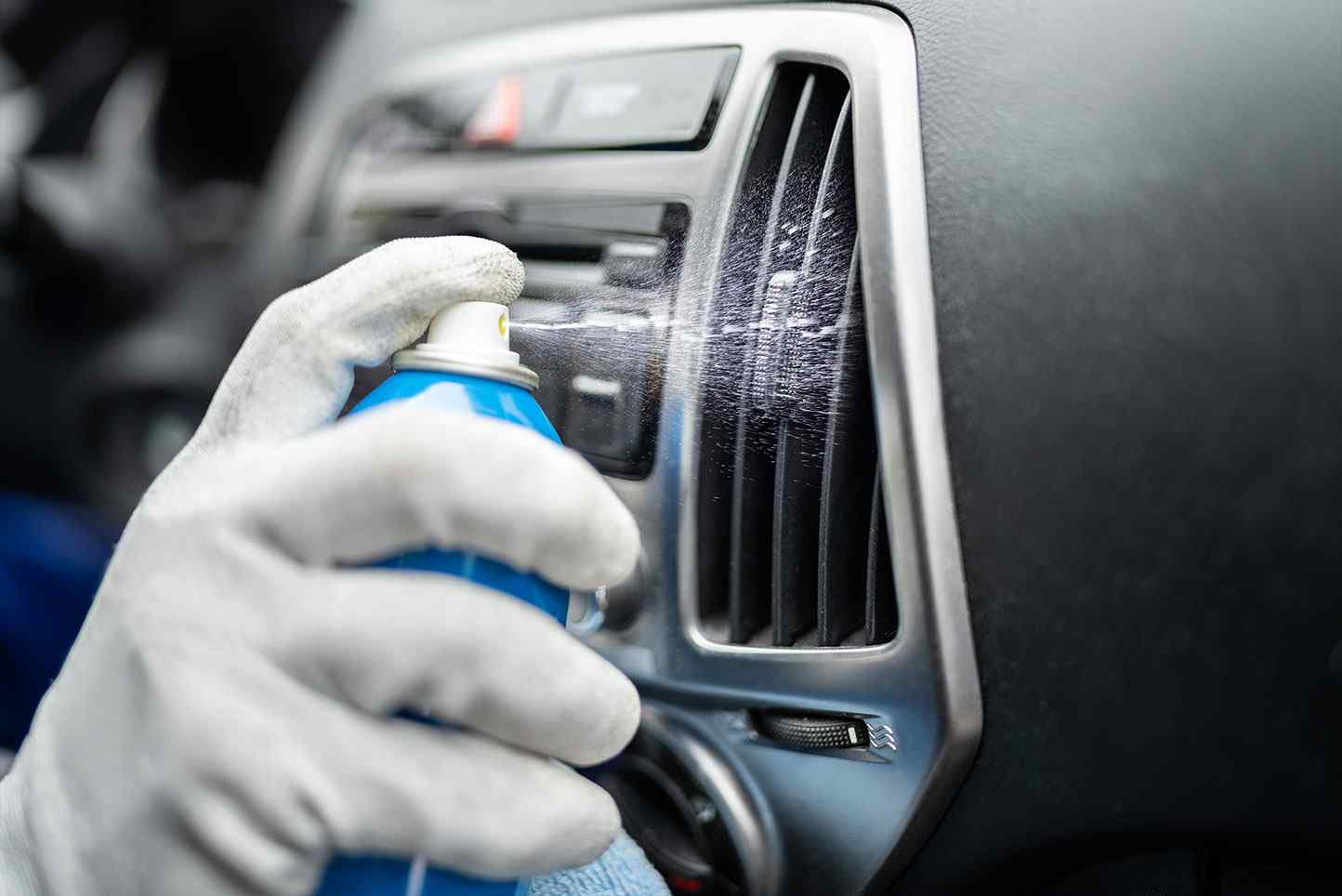

0 thoughts on “How To Remove Smells From Plastic Containers”